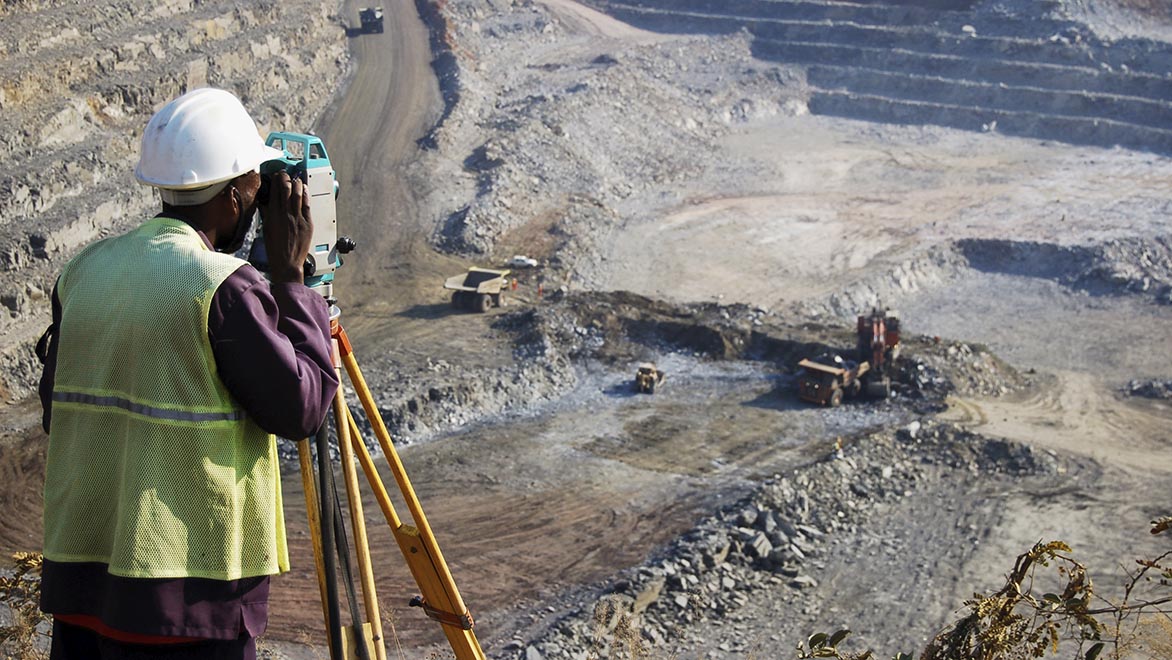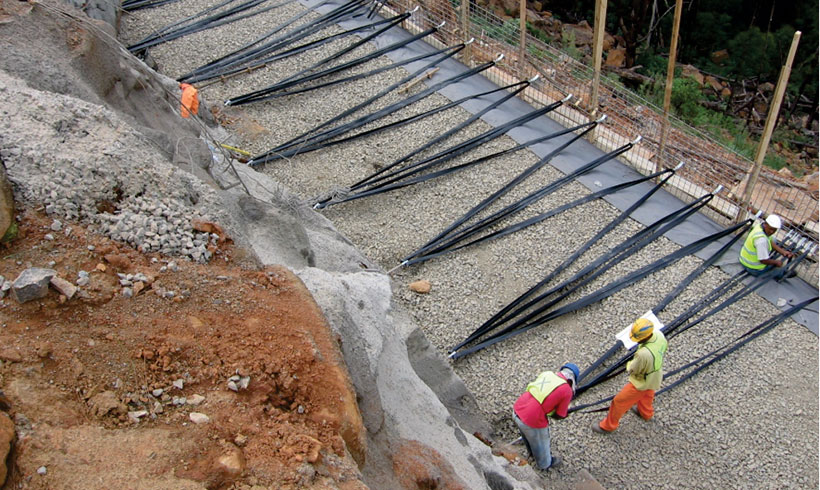What Does Geotechnical Engineering For Construction Projects Mean?
What Does Geotechnical Engineering For Construction Projects Mean?
Blog Article
Not known Incorrect Statements About Geotechnical Engineering For Construction Projects
Table of ContentsOur Geotechnical Engineering For Construction Projects PDFsUnknown Facts About Geotechnical Engineering For Construction ProjectsGeotechnical Engineering For Construction Projects for DummiesNot known Details About Geotechnical Engineering For Construction Projects Geotechnical Engineering For Construction Projects - The FactsWhat Does Geotechnical Engineering For Construction Projects Mean?A Biased View of Geotechnical Engineering For Construction Projects
and Kovacs, W. (1981 ), An Intro to Geotechnical Engineering, Prentice-Hall, Inc. Deep Check Technology (2023 ): Deep Scan Tech uncovers concealed frameworks at the site of Denmark's highest building. "Geofrost Coring". GEOFROST. Fetched 20 November 2020. Han, Jie (2015 ). Principles and Method of Ground Renovation. Wiley. ISBN 9781118421307. RAJU, V. R.Ground Enhancement Technologies and Case Histories. Singapore: Study Posting Providers. p. 809. ISBN978-981-08-3124-0. Ground Enhancement Principles And Applications In Asia. Pariseau, William G. (2011 ). Layout analysis in rock auto mechanics. CRC Press. Hegde, A.M. and Palsule P (Geotechnical Engineering for Construction Projects).S. (2020 ), Efficiency of Geosynthetics Reinforced Subgrade Subjected to Repeated Car Plenties: Speculative and Numerical Studies.
Cengage Discovering, Stamford, 666 p. Atkinson, J., 2007. The mechanics of soils and structures. The Observational Method in ground design concepts and applications.
The 20-Second Trick For Geotechnical Engineering For Construction Projects
Lab and area screening plays an essential function in this process. By drawing out samples from the earth's subsurface and using a suite of examinations, geotechnical engineers can forecast the practices of soil layers and evaluate their viability for various construction endeavours. The significance of geotechnical engineering in civil engineering can not be overstated, attributable to several variables: The initial action in any geotechnical research entails identifying the dirt kind at the building website.
Understanding these features makes certain that only ideal dirt types are chosen for the growth, consequently preventing potential structural failures. The foundation works as the bedrock of any kind of construction job. Picking the proper structure type is a decision that hinges on the detailed evaluation given by geotechnical engineering. This makes sure the long life and stability of frameworks by suiting the tons they will certainly birth.

Geotechnical website investigation is a vital action in the preparation and implementation of any type of building and construction job. It includes the collection and evaluation of data connected to the physical properties of dirt and rock underneath a proposed construction website. This details is crucial for the style and building of secure, stable, and lasting frameworks.
The Only Guide for Geotechnical Engineering For Construction Projects
, additionally known as subsurface exploration, entails a series of activities intended at identifying the dirt, rock, and groundwater problems at a construction site. The main objectives are to recognize prospective geotechnical hazards, evaluate the design properties of subsurface materials, and give recommendations for the layout and construction of foundations, maintaining wall surfaces, and various other structures.
The desk study helps in identifying potential geotechnical issues and planning the subsequent fieldwork. This includes observing the topography, drain patterns, existing structures, plants, and any kind of indications of instability or disintegration.
Not known Factual Statements About Geotechnical Engineering For Construction Projects
Superficial examination pits are excavated to straight observe and example the dirt and rock. This technique works for studying the top layers of the subsurface and identifying near-surface threats. Non-invasive geophysical techniques, such as seismic refraction, ground-penetrating radar (GPR), and electric resistivity tomography (ERT), are utilized to map subsurface conditions and spot abnormalities.
Soil and rock samples accumulated throughout the field examination are subjected to research laboratory testing to establish their physical and mechanical buildings. Usual lab examinations consist of grain size evaluation, Atterberg limits, compaction tests, triaxial shear examinations, and debt consolidation examinations. These tests supply important information for geotechnical evaluation and style. The information collected from the desk study, site reconnaissance, area investigation, and research laboratory screening are analyzed and interpreted to develop a thorough understanding of the subsurface conditions.
The main benefit of geotechnical site investigation is making certain the safety and stability of frameworks. By understanding the subsurface problems, engineers can develop structures and various other architectural aspects that can withstand the loads and environmental forces they will undergo. This reduces the threat of negotiation, subsidence, and architectural failing.
A Biased View of Geotechnical Engineering For Construction Projects
For instance, understanding dirt features can assist the option of excavation techniques, dewatering techniques, and ground enhancement steps. This makes certain effective and secure building and construction techniques. Geotechnical site examinations are typically called for by building codes and laws. Following these needs makes certain compliance with legal and safety and security requirements, avoiding prospective lawful responsibilities and task delays.
This details is very useful for task managers, designers, and professionals in creating sensible sites timetables, budgets, and contingency strategies. Geotechnical Engineering click now for Construction Projects. Skyscraper in a Coastal AreaIn a coastal city, a high-rise household structure was intended on a website with suspected loose sand down payments and a high water table. A comprehensive geotechnical examination, consisting of borehole boring, CPT, and geophysical studies, was performed
Geotechnical Engineering For Construction Projects Can Be Fun For Anyone
Based on these searchings for, the foundation layout was customized to include deep pile foundations prolonging right into steady strata, and ground enhancement methods, such as vibro-compaction, were carried out to reduce liquefaction dangers. This positive approach made certain the safety and stability of the structure while staying clear of costly post-construction remediation. Framework Development on a Sloping TerrainA major facilities project, entailing the construction of a freeway and bridges, was intended on a hilly surface with steep slopes.

The Leaning Tower of Pisa (Italy), a renowned architectural wonder, is notorious for its unintentional tilt from significant geotechnical concerns. The tower's foundation was inadequately made to deal with the soft, unstable dirt underneath it, causing unequal settlement and its distinctive lean. Our world is populated with remarkable facilities projectsfrom looming high-rise buildings to sprawling bridgesall standing testament to the evolution of the numerous building and construction devices and approaches offered.
Geotechnical engineering is a specialized field within civil engineering that concentrates on studying the habits of planet products. This branch delves deep right into the groundinvestigating how the dirt, rock, and groundwater at a building and construction site can influenceand be affected bythe infrastructure that we erect on and right into them. Before a single block is laid or a concrete foundation put, geotechnical designers probe into the earthgathering vital information regarding the site's dirt structure, rock structure, and groundwater levels.
Everything about Geotechnical Engineering For Construction Projects

is a device utilized to assess the integrity and load-bearing capability of heaps during setup, leveraging the concept of wave propagation. It enhances building and construction effectiveness by giving real-time analyses, thus making certain secure and effective pile foundations. One of the functional applications of geotechnical design includes determining and executing the appropriate methods for structure construction.
Load driving stands for greater than the simple act of putting architectural elements into the ground. As a matter of fact, it is a very carefully coordinated procedure of moving a structure's load past the less stable dirt layers more detailed to the surfacedown to the extra substantial strata that lie beneath. When it comes to heap driving, consider exactly how geotechnical designers adeptly utilize this strategy to evenly distribute the framework's weight.
Report this page